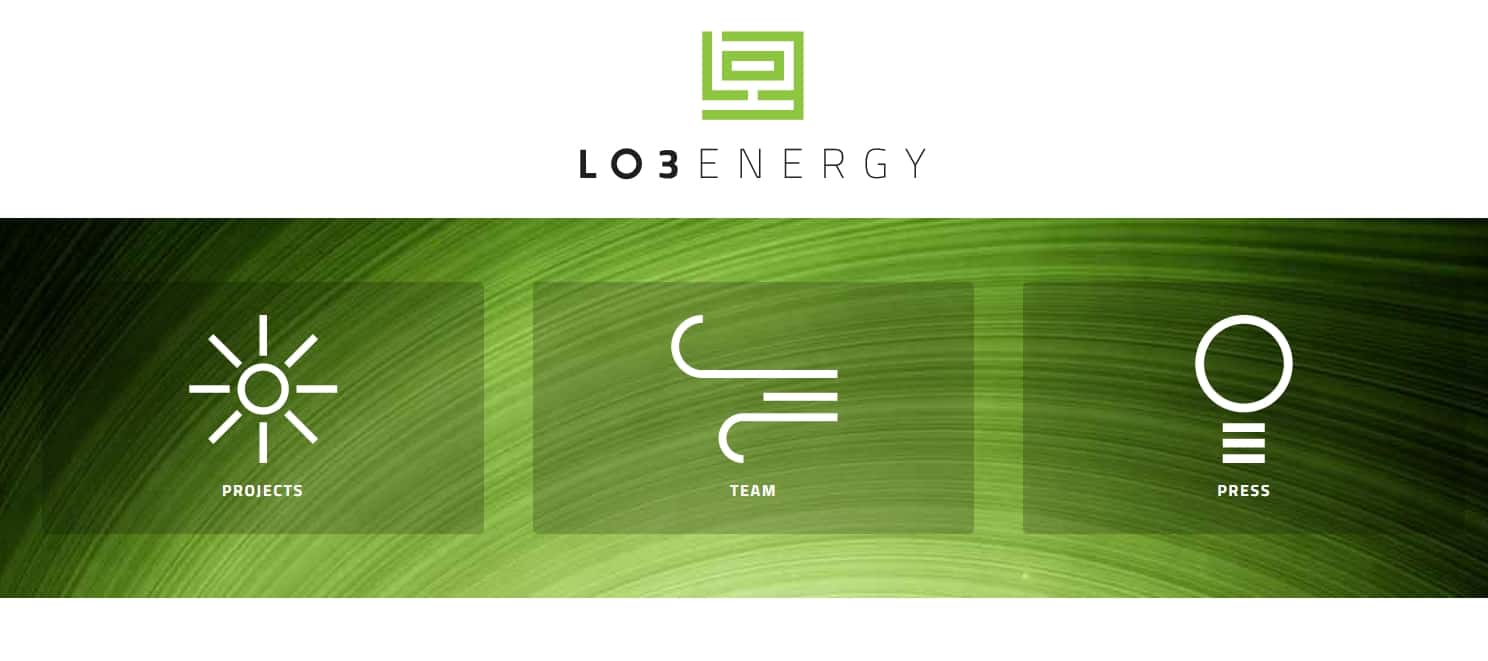Siemens and the New York startup LO3 Energy are collaborating in the field of innovative microgrids. The goal of the collaboration is to jointly develop microgrids that enable local energy trading based on blockchain technology. Siemens is involving its next47 unit, which was established in October 2016 as part of an ecosystem for partnerships with startups to take a leading role in the evolving decentralized energy system market. As a startup, LO3 Energy is currently supported by Siemens Digital Grid and next47, in developing a solution for a blockchain-based microgrid in the New York borough of Brooklyn – the first of its kind in the world and a starting point for developing other joint microgrid projects in US and other countries.
“The constant evolution at the grid edge requires advanced control, automation and data analytics technologies enabling secure, stable and reliable integration of decentralized energy systems as well as supporting the establishment of new business models. We’re convinced that our microgrid control and automation solutions, in combination with the blockchain technology of our partner LO3 Energy, will provide additional value for our customers whether on the utilities side or on the prosumer side,” said Ralf Christian, CEO of Siemens’ Energy Management Division.
Lawrence Orsini, founder of LO3 Energy: “In the world of finance, blockchain technology is rapidly advancing across many sectors, but in the energy market, things are comparatively different. With our microgrid solution in Brooklyn, we’ll demonstrate just the beginning of what blockchain can do in the transactive energy world.”
The microgrid planned for Brooklyn, which started as a pilot project of LO3 Energy, is now being further developed with the aid of Siemens Digital Grid in the US. For the first time, a microgrid control solution from Siemens is being combined with the peer-to-peer trading platform from LO3 Energy known as TransActive Grid. This solution will enable blockchain-based local energy trading between producers and consumers in Brooklyn’s Boerum Hill, Park Slope, and Gowanus neighborhoods as well as balance out local production and consumption.
Blockchain technology is an innovative method of storing and validating data that permits direct transactions between energy producers and consumers. Transactions are trackable and tamper-proof on distributed systems without the need for centralized monitoring. Thanks to a cryptographic process and distributed storage, the possibility of manipulation is virtually eliminated. In addition, authentication processes guarantee the confidentiality of user data. As an example, the cryptocurrency Bitcoin uses the blockchain process in the financial world.
The combination of a microgrid control solution and blockchain technology will make it possible for a provider of photovoltaic systems on the roofs of buildings in Brooklyn to feed its excess electricity back into the existing local grid and receive payments from the purchasers. Preliminary tests of peer-to-peer transactions between neighbors were successfully completed in April 2016. “Just as our partner LO3 Energy we are envisioning tremendous opportunities for the application of the blockchain technology, especially in microgrids with distributed and decentralized energy systems. Its big benefit is, that it permits transparent, efficient trading between multiple participating systems and various stakeholders while taking grid-specific requirements into account”, said Thomas Zimmermann, CEO of Siemens’ Digital Grid Business Unit.
To increase the efficiency of the overall systems, the platform not only manages generated and stored energy, but also handles the consumers’ flexibility options. In addition, the combination of TransActive Grid technology from LO3 Energy and microgrid control solutions from Siemens will simplify the temporary standalone operation of heterogeneous microgrids – for example, following a natural disaster – and optimize the use of existing resources within the grid infrastructure.
The Brooklyn project thus also fully supports New York State’s new energy strategy, “Reforming the Energy Vision” (REV). With the help of this strategy, the state’s power supply industry is to be reorganized to increase grid efficiency, minimize the power supply system’s susceptibility to environmental disasters, and improve this system’s carbon footprint. Based on experience with the pilot project in Brooklyn, Siemens and LO3 Energy intend to implement additional blockchain-based microgrid and Smart City projects to test out various other business models and gain insights about the replicability of solutions on other regions of the world.







